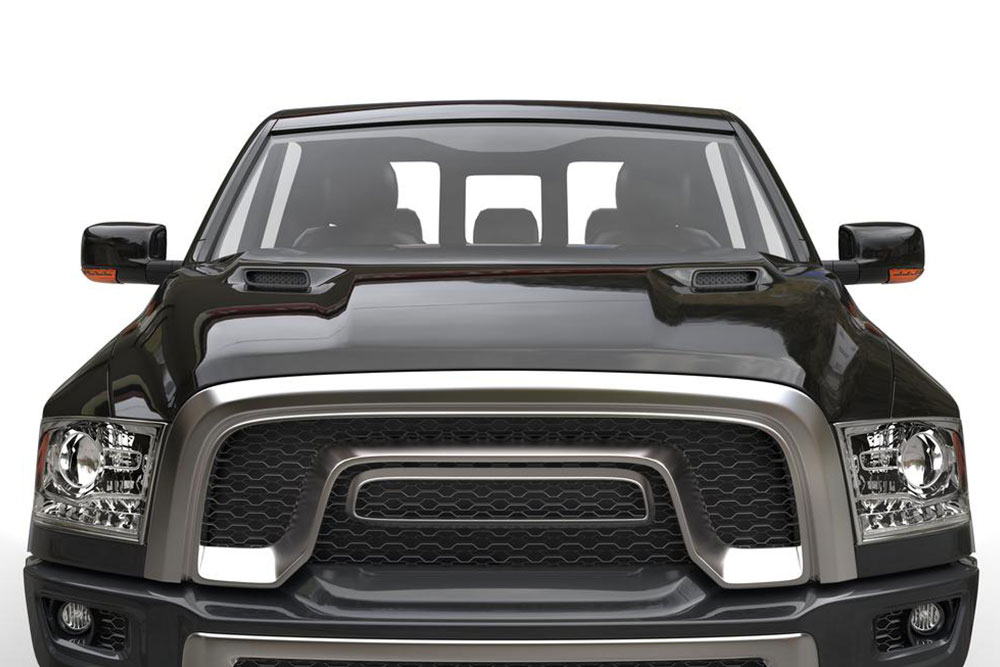Reasons to Postpone Your Purchase Until the New Toyota Camry Launches
Considering buying a Toyota Camry? Discover why waiting until the 2018 model's release could be more beneficial. Learn about advantages like avoiding winter damage, better deals, increased resale value, and innovative features. Strategic patience can lead to smarter investments and enhanced driving experiences. Find out the key reasons to hold off on your purchase now and plan for the latest Toyota Camry's debut.

The automotive world is buzzing with anticipation for the upcoming release of the new Toyota Camry, generating significant interest among potential car buyers. If you're considering purchasing a reliable sedan, you might be debating whether to buy the current 2017 model or to wait for the all-new version set to debut soon. With the latest Camry expected to hit the market by late spring 2018, now is an ideal time to evaluate the advantages of holding off on your purchase. Delaying your decision until the new model’s arrival can provide numerous benefits, including cost savings, improved vehicle features, and better long-term value retention.
Understanding the reasons to wait can help you make an informed decision that maximizes your investment. From avoiding winter-related damage to securing better deals and boosting resale value, there are compelling factors favoring patience before finalizing your purchase.
Why Waiting for the 2018 Toyota Camry Makes Sense
The release timeline for the 2018 Toyota Camry, scheduled for late spring to early summer, signifies an important period for prospective buyers. This timeframe offers strategic advantages, especially if you reside in regions prone to harsh winter conditions. Buying a vehicle during winter or at the close of the year can expose your new car to elements such as snow, ice, road salt, and corrosive chemicals, all of which contribute to faster wear and tear. Waiting until the new Camry arrives means you can avoid these harsh conditions altogether, ensuring your vehicle remains in pristine condition for longer.
Furthermore, delaying your purchase allows you to benefit from the most current pricing and promotional offers. During the launch period, dealerships often motivate sales for their existing inventory, including the 2017 models, through substantial discounts and incentives. This can be especially advantageous if you're interested in specific trims like the SE or XLE, as these often see deeper discounts during the current model's lifecycle. Fisher negotiations now could result in significant savings, which can then be reinvested into optional features or future maintenance costs.
Enhanced Value and Resale Benefits
Another key argument for waiting is that the upcoming 2018 Camry will be marketed as a newer model, often translating into higher resale value in the future. When you purchase a newer year model, even if it is only a few months ahead, it generally commands a better price in secondary markets due to perceived freshness and updated features. Buyers tend to favor the latest editions, reducing depreciation and increasing the likelihood of retaining value if you decide to sell your vehicle later.
Moreover, buying the 2018 model later in the year means you’ve experienced almost a full year of use, which might seem counterintuitive but, in practice, can be advantageous. Since the vehicle's depreciation resets after a new launch, the second-hand market often values early adopters highly, and your car’s residual worth could be higher. This dynamic makes it feasible to upgrade or sell with minimal loss, especially if the new Camry offers significantly advanced features that appeal to potential buyers.
Upgraded Features and Technological Innovations
The 2018 Toyota Camry is expected to feature a comprehensive suite of technological advancements and upgraded amenities that will elevate the driving experience. From improved infotainment systems with larger screens to enhanced safety features like advanced driver-assistance systems, the new model aims to set a higher standard in the midsize sedan segment. The anticipation of these improvements adds extra incentive to wait before purchasing an older model.
Additionally, the upcoming Camry is expected to incorporate better fuel efficiency, a more refined ride quality, and updated styling that aligns with modern automotive trends. These enhancements not only make the new Camry more attractive but also ensure it remains competitive in the market for years to come.
Financial and Strategic Considerations
Financially, delaying your purchase until the new Camry’s launch minimizes the risk of buyer’s remorse—buying an older model when a newer version is shortly available can sometimes lead to dissatisfaction or difficulty in resale. By waiting, you allow the automotive market to stabilize, and the timing of your purchase can be aligned with promotional events or end-of-model-year deals that typically offer substantial reductions.
Strategically, this patience can also prepare you better in terms of financing. For instance, if you’re planning to lease, you may find better lease terms for the 2018 model once it becomes available. Dealerships often promote new models with attractive leasing rates and incentives to boost initial sales volume.
Summing Up: When Is the Best Time to Buy?
Overall, the best time to purchase a Toyota Camry depends on your individual needs and circumstances. However, considering the potential benefits of waiting—such as avoiding harsh winter conditions, securing better pricing, gaining access to newer features, and benefiting from higher resale value—most consumers will find that postponing their purchase until the 2018 model release makes economical and practical sense.
In conclusion, exercising patience and monitoring dealership announcements can ensure you get the most for your money. The upcoming Camry promises to be an improved and more technologically advanced vehicle, and waiting for its release can enhance your overall ownership experience. Whether you’re a first-time buyer or a loyal Toyota enthusiast, timing your purchase right is key to maximizing value, satisfaction, and long-term investment.





